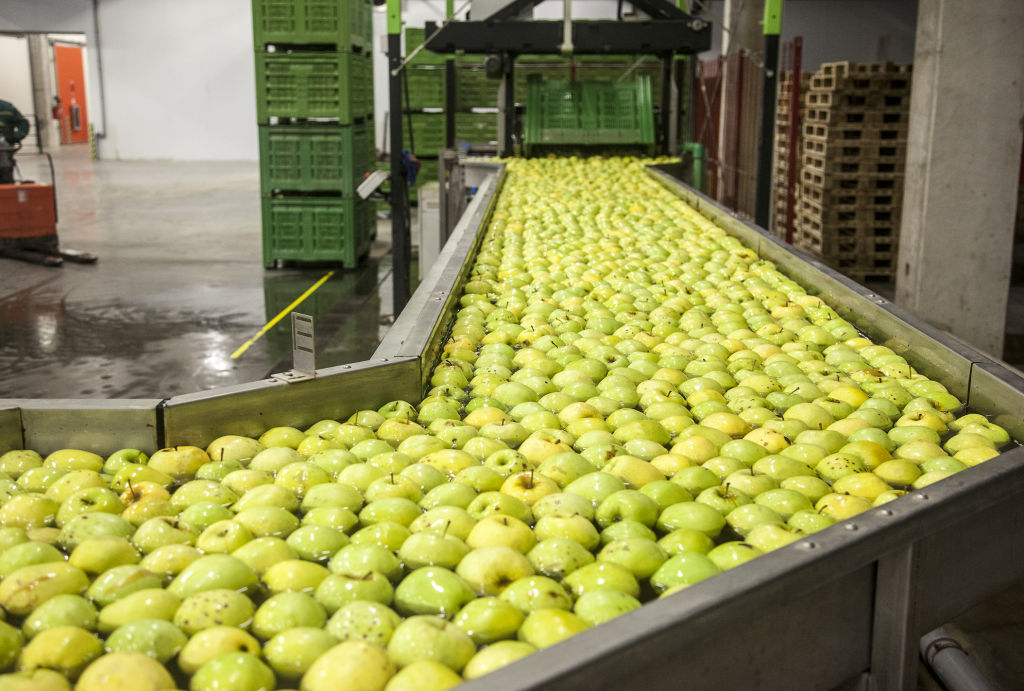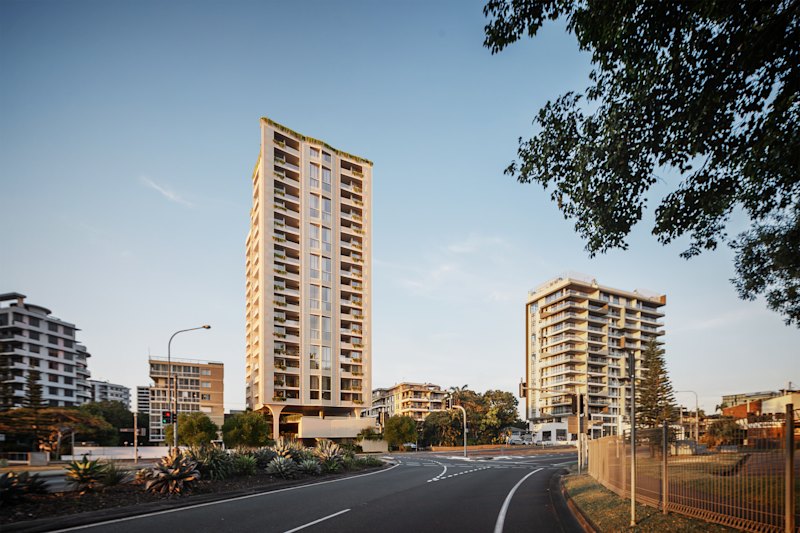
New trade agreement could be a boon for Australia's industrial property market
A recently signed trade agreement between 15 Asia-Pacific countries, representing the largest trading bloc in the world, could have positive flow-on effects for Australia’s commercial property industry, according to one analyst.
The Regional Comprehensive Economic Partnership (RCEP), signed on November 15 at a virtual ASEAN summit hosted by Vietnam, includes signatories such as Australia, New Zealand, China, Japan, Singapore and Indonesia.
Once ratified, the agreement aims to eliminate up to 90 per cent of tariffs on imports between signatories as well as reduce the red tape associated with setting up a business in another country and create a common set of export rules across the 15 countries.
JLL research analyst Sass J-Baleh said that the agreement would likely provide the most benefit to Australia’s food production sector, which would, in turn, have a positive impact on the industrial property sector.
“Free-trade agreements yield greater trade and domestic business activity and, by extension, support growth of manufacturing, warehouse, logistics and transport sectors,” said Ms J-Baleh, noting that the signatory countries had made up $125 billion – or 34 per cent – of Australia’s exports over the 12 months to September 2020.
“The RCEP will boost export-led domestic businesses, particularly food-related sectors, facilitating greater trade access to around 30 per cent of the global economy,” she said.
“This will create a positive shift in demand for Australia’s export products and directly benefit the food manufacturing and logistics sectors of our economy, in turn, supporting the requirement for industrial space.”
Travis Erridge, CEO of TM Insight, a specialist in supply chain and industrial property, agreed that the effects of the RCEP would be most keenly felt in the food production industry.
“For Australia in particular, our food processing industry will have a major opportunity to export their produce, as demand for highly secure food chains grow off the back of COVID-19,” Mr Erridge said.
“The potential growth in Australian food exports will require the development of more highly specialised industrial facilities in Australia, which will likely drive demand in the industrial sector. In recent years, food manufacturers have adopted co-located manufacturing and distribution sites to streamline their operations, so we may also see greater investment in these large-scale combined manufacturing and distribution facilities,” he added.
While Australian property would benefit from the agreement, the impact would be more pronounced in other signatory countries, according to Mr Erridge.
“Vietnam’s logistics sector and corresponding industrial property market will be of one the biggest winners of this new trade agreement. In recent years, Vietnam’s manufacturing sector has been growing and with more business under pressure to diversify their sourcing due to COVID-19 and rising tensions with China, more businesses will look to shift their manufacturing to Vietnam. The RCEP will enable increased exports and further growth of Vietnam’s manufacturing sectors, leading to increased demand for industrial property in Vietnam,” he said.
Existing trend towards food production
Australia’s food product manufacturing exports had risen from $14.2 billion in 2009 to $28.7 billion over the 12 months to September 2020, Ms J-Baleh said.
“Australia is the food bowl of Asia. Australia’s competitive advantage in food production will propel long-term growth in the food manufacturing and logistics sectors,” she said.
Food product manufacturing was Australia’s fifth-largest export industry by value over the past 12 months, accounting for $29 billion in total export value.










